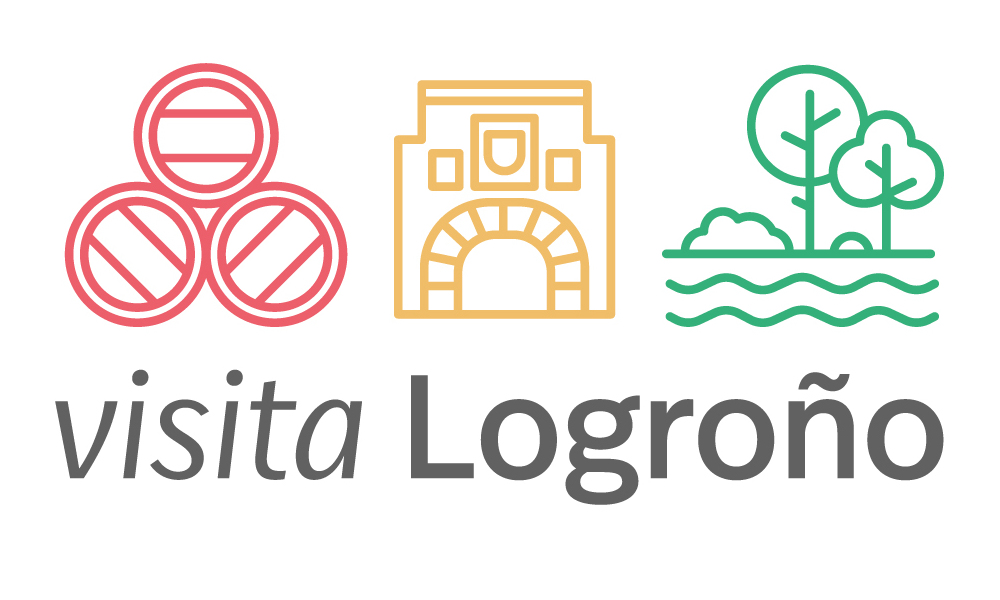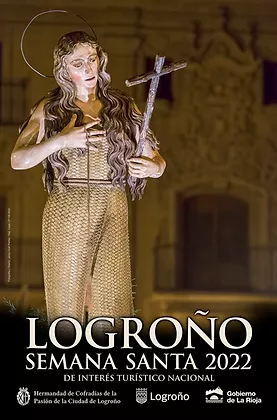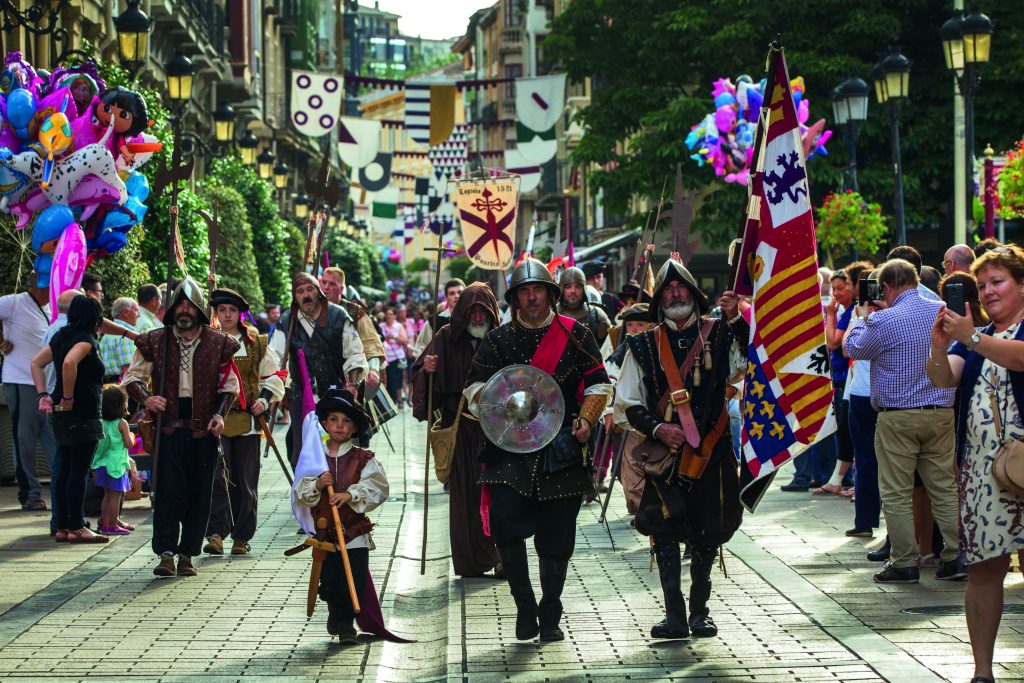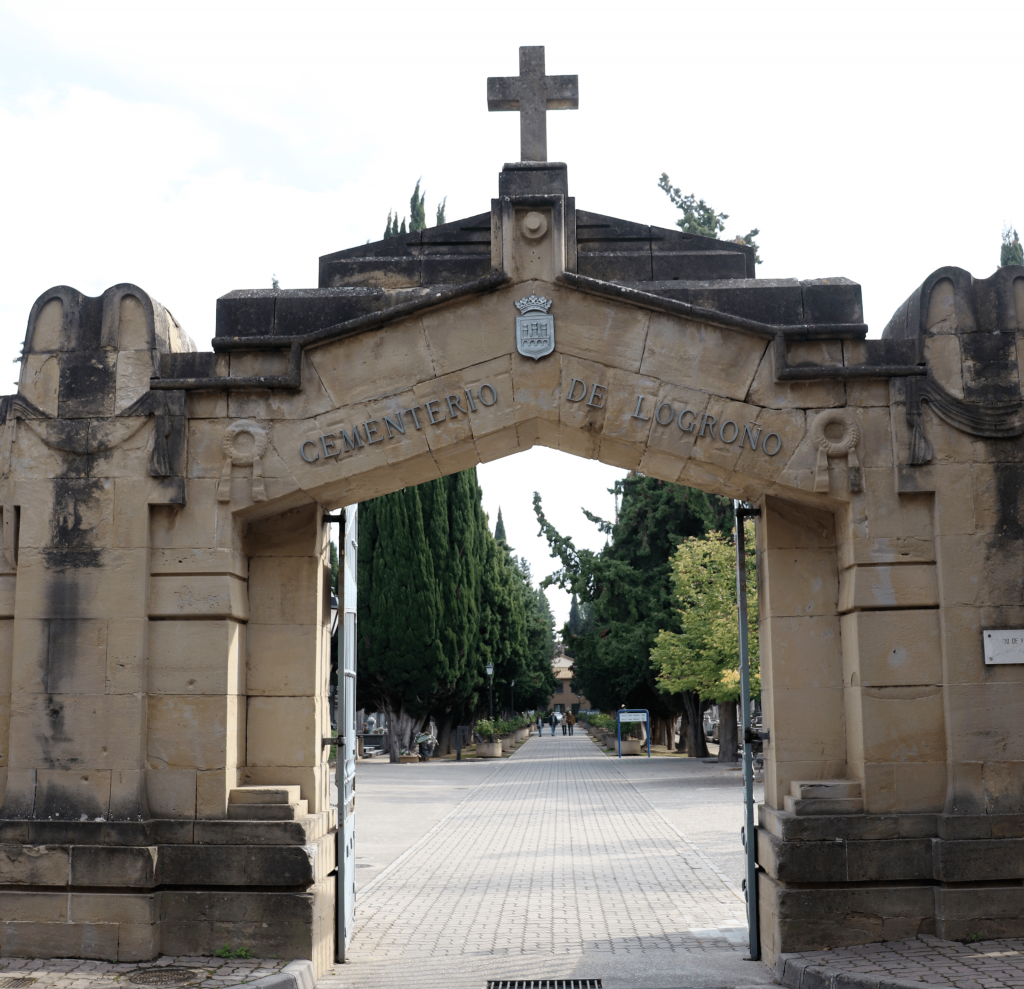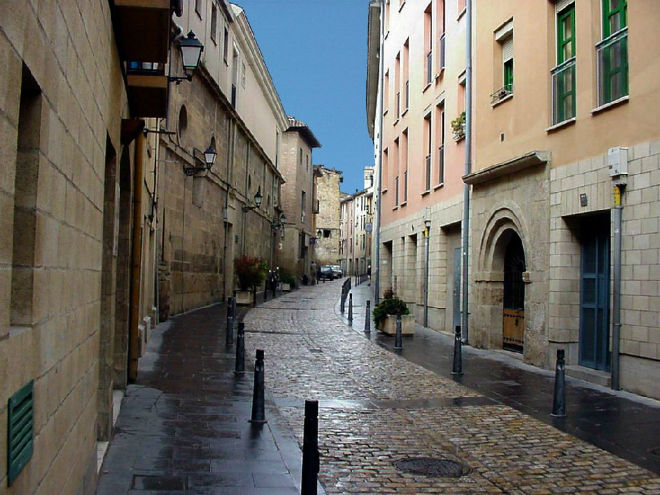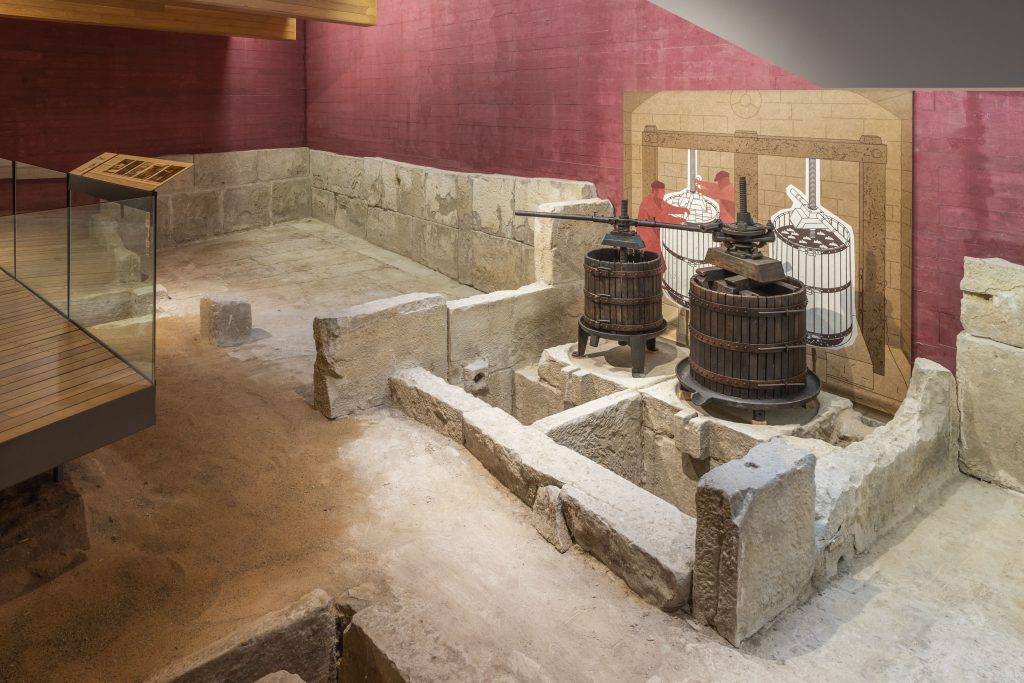It is no coincidence that the Semana Mayor of the capital of La Rioja has been declared a Festival of National Tourist Interest. Here is everything you need to know about this exciting celebration.
Most people tend to link the great Easter processions with the south of Spain. Of the twenty-six that have the honour of being considered Festivals of National Tourist Interest, the majority are to be found in the southern half of the Iberian peninsula.
Especially well known are those in Seville, Badajoz, Albacete and Cabra. Logroño, however, is not far behind and, since 2015, its Semana Mayor has been on the list of celebrations that not only deserve to be well known, but also to be experienced first-hand.
With sixteen processions, twenty floats, eleven brotherhoods and more than three thousand members, the processions of the capital of La Rioja are one of the most impressive Easter celebrations in Spain. Its origin dates back to 1537, the year the now extinct brotherhood of the Santa Vera Cruz was founded.
This group, which had its headquarters in the Convent of San Francisco (where the hospital of La Rioja is now located), was followed shortly after by that of the Soledad. Both took part in the first modern processions that the city saw, dating from the end of the 16th century and very similar in terms of route to today’s.
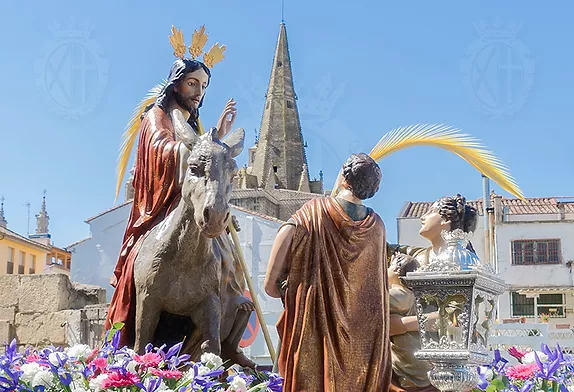
Paso de La Borriquita.
Some of the impressive floats that are still carried through the streets of Logroño today date back to that time. They are the Magdalenaand the Santo Cristo de las Ánimas, the latter the work of the prestigious Arnao de Bruselas, who also created the fascinating altarpiece of Santa María de Palacio.
Slightly more recent are the floats of the Santo Sepulcro, the Virgen de la Soledad and the Virgen de los Dolores, all sculpted in the 1690s.
The first of these, one of the most revered and of best quality, as well as the largest in size, is particularly noteworthy.
The float of the Santo Sepulcro, which every Holy Wednesday is stripped from its gigantic urn to be washed and venerated in Santa María la Redonda, weighs more than 3,000 kg and requires the strength of 48 bearers to be moved.
An effort of these proportions demonstrates the citizens’ commitment to a tradition that involves people of all ages, a living festivity that never stops reinventing itself and evolving.
For this reason, it is not surprising that some of the most beloved floats by the people of Logroño belong to the 20th and 21st centuries.
Such as, for example, the Jesús Cautivo, created in 2007, or the Stabat Mater, which began in 2006. A little older is La Borriquita, the favourite of all the children of the city since 1947, a circumstance which is undoubtedly helped by the fact that it is the least dramatic of the scenes shown during these days.
It is with this float, the protagonist of the Palm Sunday procession, that Easter begins in Logroño, a celebration that would not be the same if it were not for the Brotherhood of the Pasión y el Santo Entierro, the umbrella under which the eleven brotherhoods of the city are grouped: Entrada, Flagelación, Santa Cruz, Magdalena, Nazareno, Siete Palabras, Ánimas, Descendimiento, Piedad, Santo Sepulcro and Soledad.
Each one with its distinct robes and its particular history –some are more than a century old and others barely three decades– all of them deserve to be recognised for what they are, that is, the backbone of a festival where culture, tradition and faith blend together to transform Logroño, once again, into a place of interest.
To find out the route and timetable of all the processions, as well as all the parallel activities, go to www.hermandadcofradiaslogrono.org or visit la agenda procesiones.
